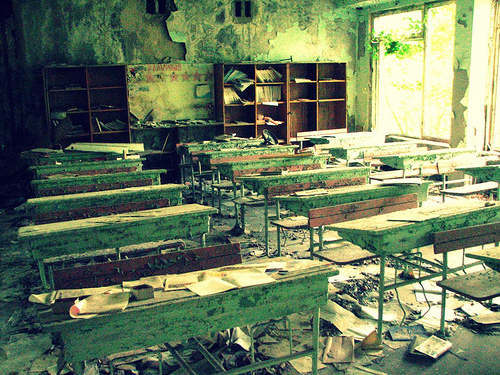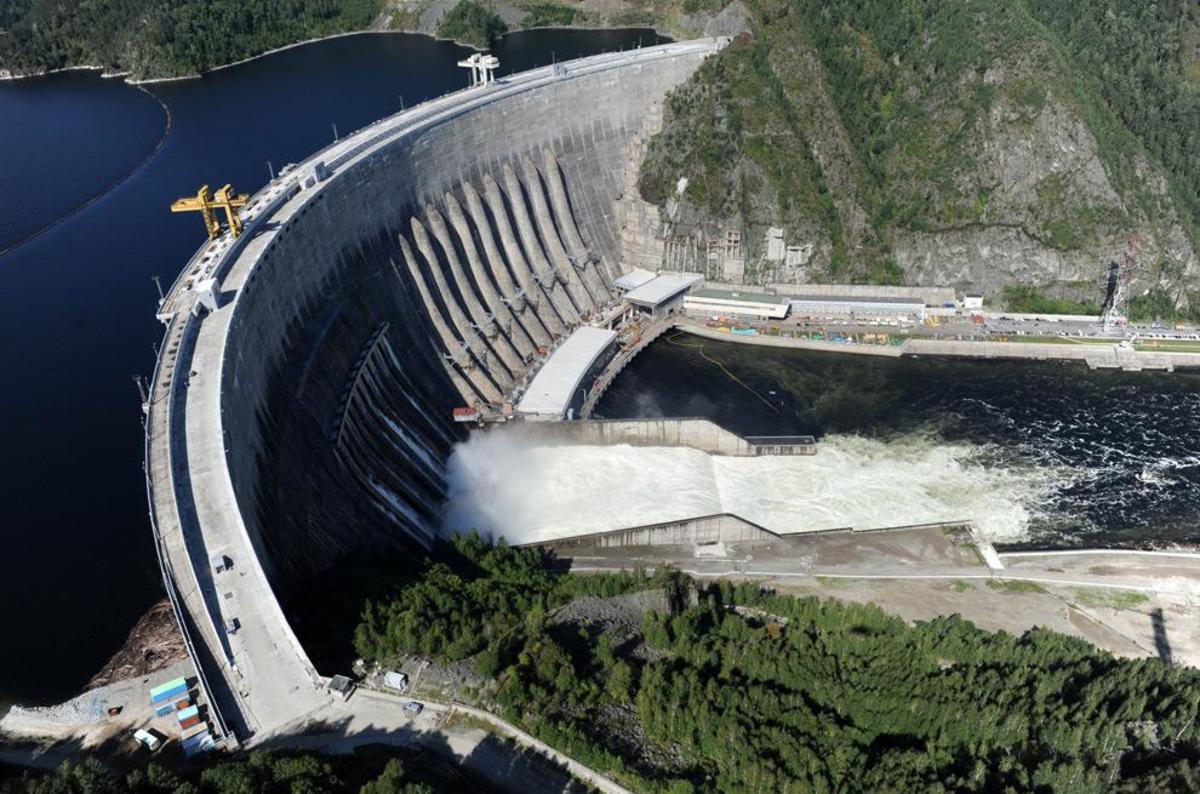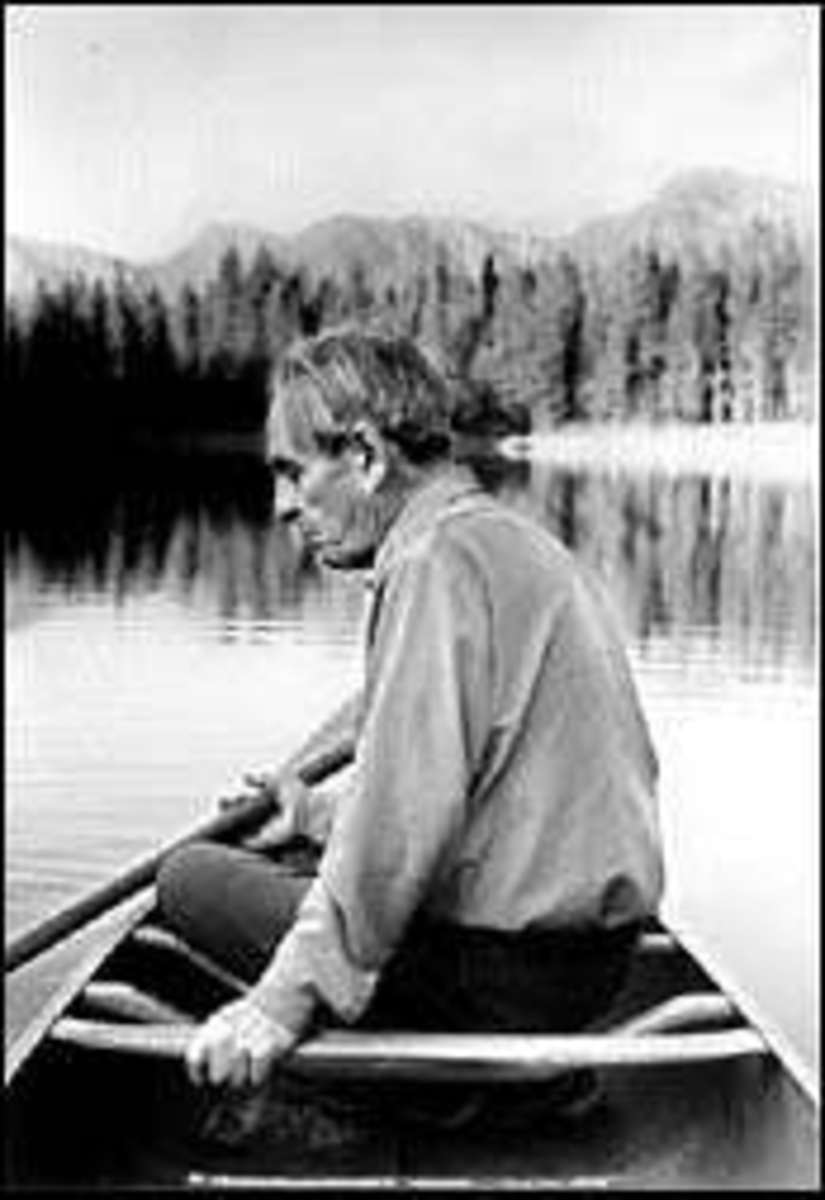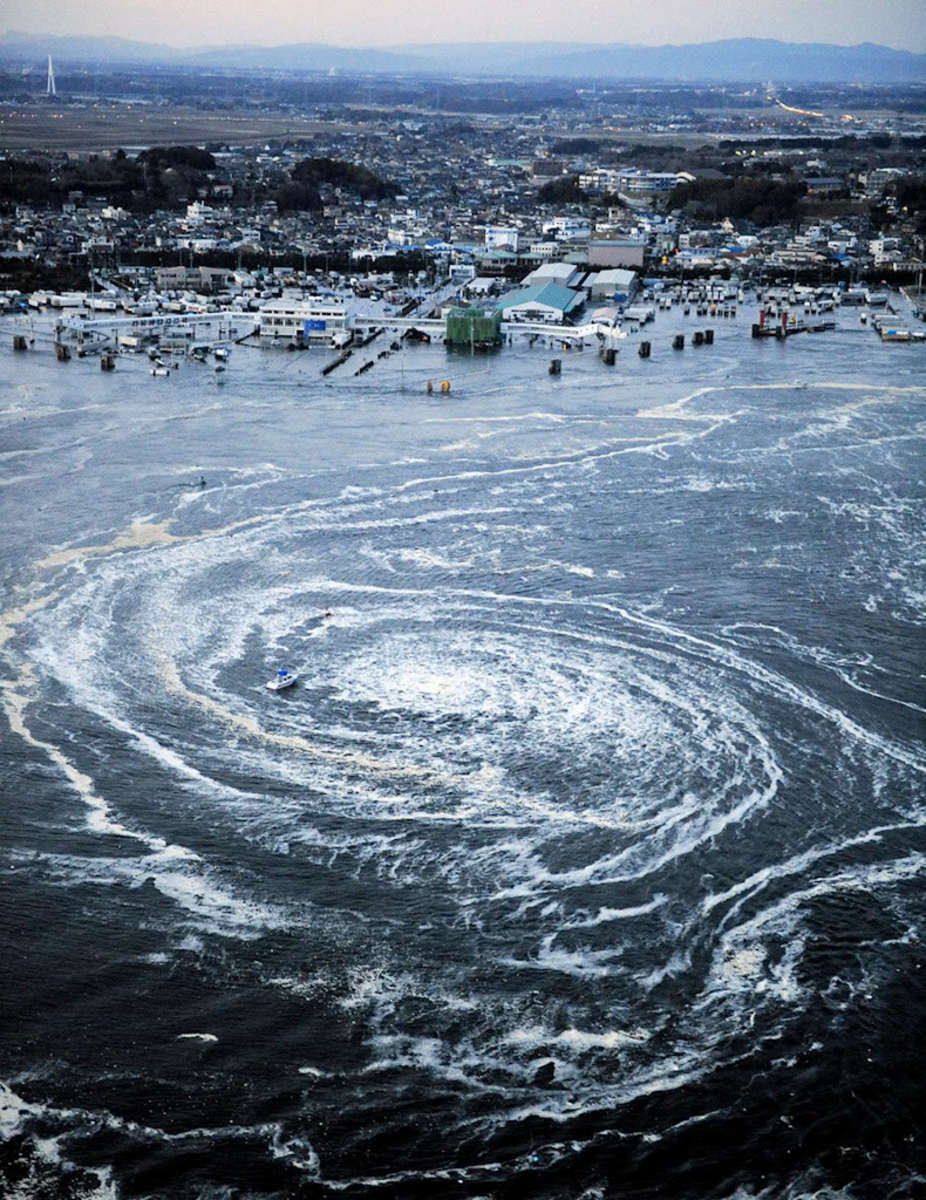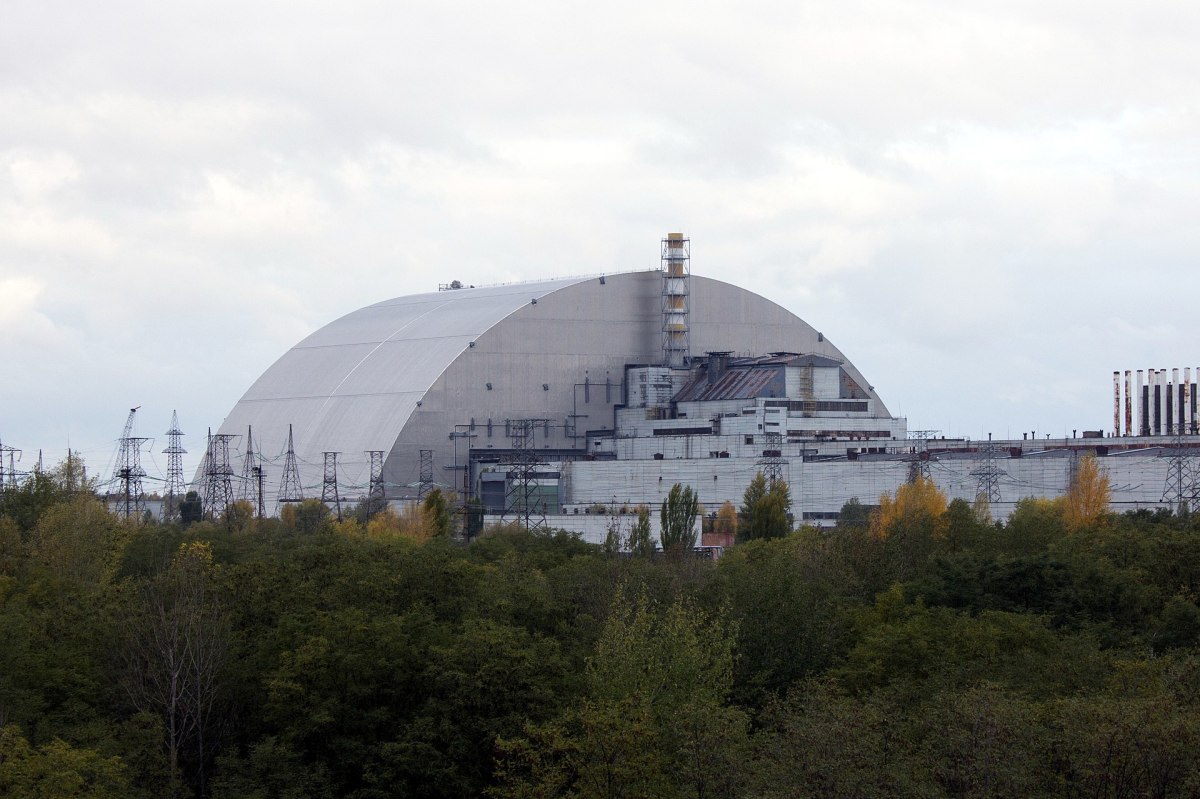- HubPages»
- Books, Literature, and Writing»
- Books & Novels»
- Nonfiction
Voices from Chernobyl: A Book Review
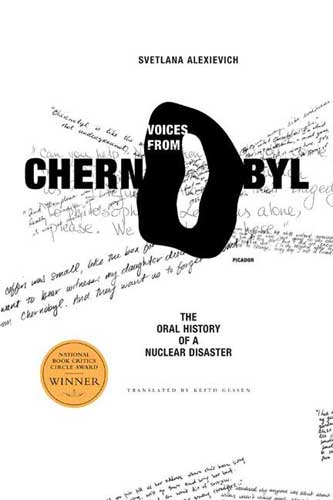
Svetlana Alexievich, the interviewer for everyone appearing in Voices from Chernobyl , is someone who deserves never to have to worry about going out into the field again. She risked her health to gather all these interviews and indiscriminately tell each of their stories and perspectives and she is admirable in her courage to face often angry people who seem cynical when it comes to being interviewed at all.
The interviews featured in Voices were all gathered in the early to mid nineties, when the Soviet Union crumbled and it was safer for these people to discuss what happened. It's also a time when the nation was split up, some still wanting to hang onto their Party cards while others are glad Stalin's Russia was for the most part gone. Some were happy their time in Afghanistan and Tajikistan was over. At the center of all these experiences is one place connecting them: Chernobyl.
Where is Chernobyl and What the Hell Happened?
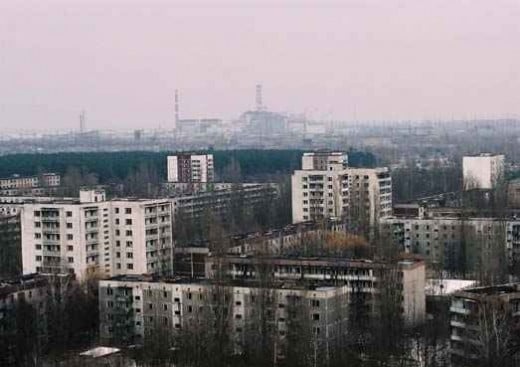
I first became interested in Chernobyl halfway through high school. I became fascinated by the HBO documentary Chernobyl Heart and even thought about taking a trip there. There was a lot more to learn. There are even a couple video games I have, S.T.A.L.K.E.R.: Shadows of Chernobyl and Clear Skies,which take place around Chernobyl following a second fictional blowout. A section of Call of Duty 4 even takes place in Pripyat, unrealistic as it can get, with a stint on the actual ferris wheel taking place.
The Chernobyl Nuclear Power Plant is located near the town of Pripyat in Ukraine. It's also near Belarus as well and shares a river with it. It was a fairly populated area before 1986, and then on the 26th of April, 1986, the world's worst nuclear disaster occurred, involving the meltdown and explosion of the core reactor in the power plant. One man, Valeriy Khodomchuk, a worker at the plant, was the only one to die from the initial explosion. Just about everyone working at the plant died very soon after from radiation poisoning, one of them in this oral history being described as the man who pushed the emergency button in an attempt to stop the disaster, but he died just a few days after. Radiation spread that was reportedly 100 times more potent than both Hiroshima and Nagasaki combined. The biggest difference was, while those resulted from enormous explosions, a small blast and a leak caused thousands to be affected outside of the plant. The fire at the reactor could be seen that day from Pripyat, described by some interviewed as blue, unlike anything they'd seen, as it was put out by the firemen who were essentially on a suicide mission. That fire remains one of the deadliest. Most of the fallout emanating from the radioactive clouds produced by the plant fell over Belarus.
The Soviet government sent volunteer workers to clean up the disaster, liquidators who wore white suits as their only protection, and while some still live, most have long since died from radiation. Workers were sent on the roof of the reactor to sweep off the waste, including graphite, in what were supposed to be fifty-five-second to one-minute intervals to minimize radiation exposure. Machines would have been sent to do the work, but because of the radioactive dust, they malfunctioned. Of course it took longer than a minute to go up to the reactor and then sweep everything off, and so the liquidators got higher doses than what they intended. Many of them had families. Many of them, on returning back to these families, exposed them to carried radiation. When they died their bodies had to be buried in zinc coffins, concrete and lead, as even in death they were radioactive.
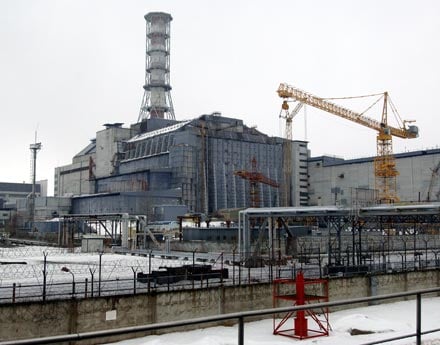
The nearby villages were evacuated, but not fast enough. Much of the villages, including Pripyat, had been affected by radiation already, and when soldiers were sent in to see that everyone got out, many couldn't see the point in leaving. Many were farmers, their radiated crops all they had. The animals were exterminated, cats and dogs being the majority of them, household pets, because their fur absorbed radiation to dangerous levels. The radiation itself seemed to cause even the deaths of those indirectly affected by it. Vodka became one of the only materials that wasn't radioactive. It blocked cesium and radionuclides, and so did iodine.
The disaster still affects the world today, marking the beginning of the end of the Soviet Union, and is said to have caused virtually everyone in the world to carry a very small percentage higher of the radiation from there. The people more affected are still living in Ukraine or Belarus. Mutations have occurred in newborn children since the disaster, with heart defects and other much more severe, debilitating and visible mutations present.
People still visit Chernobyl as tourists, more specifically the local town of Pripyat, where its condemned ferris wheel still sits along with the vacant apartments, many of them still containing calendars from 1986 and Soviet propaganda in the classrooms. Tour guides will take tourists to certain areas where radiation is less harmful, carrying dosimeters and monitoring the radiation obsessively, though it's probably best to go there only once you've had children.
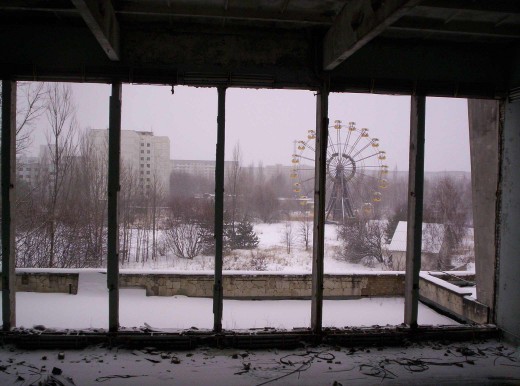
About the Book
Voices from Chernobyl chronicles what happened after the disaster, when children who were born or were little during it could speak out about it. Written and translated into English in 2006, this collection of monologues follows the people who were affected by death, survival, and those who even found an accepting home away from war in Chernobyl. People escaped being shot in favor of risking their overall health.
One of the first interviews involves a woman whose husband died fourteen days after working as a volunteer, trying to help save his homeland, and wound up bald and weak. Many of the dead couldn't be touched and the dying's loved ones were not supposed to kiss or hug them because they were too “hot”, had absorbed too much radiation. Chernobyl was a disaster that only killed people once they left it, as another interviewee pointed out.
It's not an easy read, but it's nearly impossible to put down if you're really interested in what happened to these people. Some people were more warm-hearted and poetic, and others spoke out about their coldness. One liquidator mentions he went to the reactor, willing to help clean the place up, because he found his wife was cheating on him and did not care about dying. Others saw every soldier there as anything but the heroes they were made out to be, simply crazies who were bitter and apathetic about death. Soldiers describe how they'd get drunk on vodka and run over turtles in the middle of the roads, finding that their shells still held up uncrushable. In one section of chopped up monologues, a group of hunters helping evacuate a nearby town told stories of how difficult it was for them to kill the radiated household pets. “The key was not meeting eyes,” one mentions.
All these tales are connected by this one disaster, which affected so many different areas and lives. Some have tales of death while others of hope. Children are said not to smile there. Many of their fathers had died. Children born of parents from Chernobyl were called “invalids”.
Alexievich does a brilliant job in collecting these monologues and organizing them in a way that takes you on an adventure of emotions. You go from sad, to seeing how prideful some are about their country, about the “heroes” who helped save them. Some are cynical to where they're hopeless. One man even shows nothing but Communist pride and contempt for Alexievich's writing of the event. It's a completely balanced collection, though there's not much about the background of the attack. If you pick up this book and know nothing about Chernobyl, it'll help teach you a little to put these monologues in context, but it helps to really understand what happened and where the disaster took place. There were also some issues some interviewed talked about, including Tajikistan and escaping to Chernobyl as a means to escape from the rivalry between two ethnic groups there. I had to look up more about Tajikistan and the Soviet involvement there to really understand what she was talking about.
Every interview here tells a unique story, though most are similar to each other, painting a mosaic of sorts about what happened in the days and years after the reactor explosions and how their lives connect. What kind of saddens me is knowing how long ago these interviews were conducted, and how many of these people have probably passed since then.
Many monologues involve scientists who warned of the dangers of radiation, some even threatened for doing so by not only risking losing their Party cards, but their lives as well. My only issue with the book is that sometimes certain monologues are split up into paragraphs from different people's voices, with all the names given in sequence only before the string of monologues begin, so it's a little more difficult to tell who's speaking. Other than that, it's a perfectly put together piece.
You get a sense that Chernobyl is a bittersweet place when reading this, a place where many people find a certain mysticism in life, seeing it as a portal through life to death. There are forests there that literally glow red now. People know that only areas where birds fly are livable. No place like it exists in the world and because of the almost eternal half-life of the radioactive materials there, much of it will be uninhabitable by humans for centuries to come. It's almost a forbidden land, one of the only ones on this planet, and is forbidden because of us. This book is a perfect anthology of the voices who were the only ones who could call that place home.
